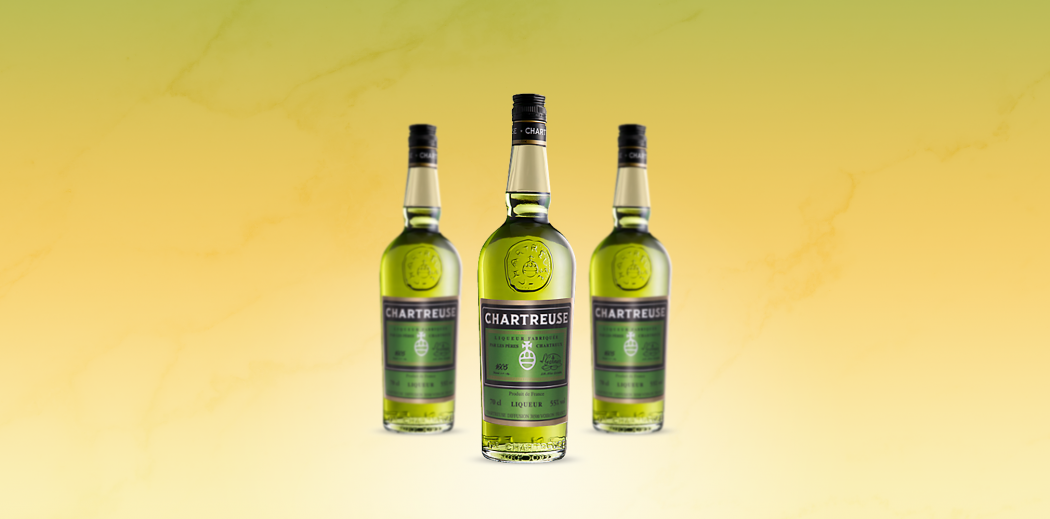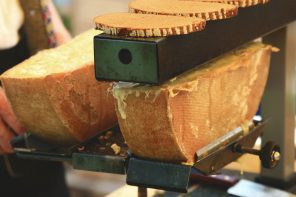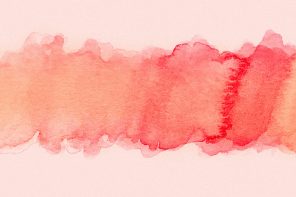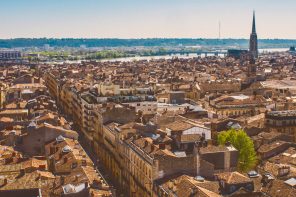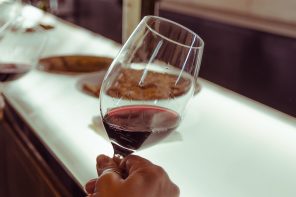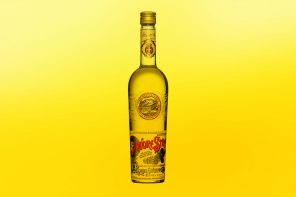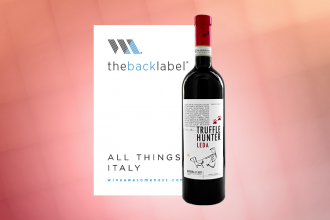In an alpine monastery tucked away in the southernmost range of the Jura Mountain chain, a sect of monks has been quietly producing one of the world’s greatest liqueurs for hundreds of years: Chartreuse. Crafted from a blend of over 130 different plants, flowers and herbs, these botanicals impart to the liqueur a shade of green so distinctive they named a color after it.
The French Carthusian monks are the producers of this delectable cordial. The order’s motto, “the cross is steady while the world is turning,” can almost be applied to the liqueur that has made the Carthusians famous and dear to the hearts of those whose taste buds have been captivated by this unique libation; the recipe has only been changed once since François Hannibal d’ Estrées, Marshall of France under Henry IV, first handed the crumbling manuscript to the sect in 1605.
The manuscript was well worn by time when the monks received it and initially they were only able to decipher a few of its parts. Nearly one hundred years went by before it was sent to the order’s motherhouse in the Chartreuse Mountains to be analyzed and forced to give up its secrets. The first incarnation of Chartreuse as we know it was made in 1737 after one of the fathers was successfully able to decode the manuscript. Sold as a medicinal tonic, Chartreuse was touted as the “Elixir of Life.” Both the order and the liqueur survived the upheaval of the French Revolution, although not without incidents of intrigue and exile. Arrests were made and copies of the recipe were smuggled, sold, and ultimately returned to the brotherhood.
The French Carthusian distillery wasn’t the only outpost in the world for Chartreuse production; a Spanish Carthusian monastery in Tarragona was home to a second one, established after the French government nationalized the original and forcibly expulsed the order at the beginning of the 20th century. The government sold the Chartreuse trademark and failed attempts to reproduce the monks’ elixir resulted in the company which bought it going bankrupt. The company was bought out by locals around Grenoble who returned the rights to the order, allowing them to make Chartreuse as they had done for centuries. The Spanish distillery’s doors remained open until the 1980s but since then, all Chartreuse has been made in Voiron, a commune close to La Grande Chartreuse motherhouse.
The secret of the recipe is known to no more than two monks at a given time. For the Carthusians keeping mum probably doesn’t come too hard. The focus of the order is on contemplation and the Carthusians follow rules which focus on silence. All we know is the approximate number of plants that go into this botanical beverage. As to the other ingredients, well, they remain as enigmatic as the Sphinx.
Two types of Chartreuse are made by the monks: green and yellow, both are strong liqueurs which pack a punch yet are balanced and incredibly complex. Green is stronger, clocking in at 55% ABV while the milder and sweeter yellow Chartreuse is 40% ABV. Where most liquors won’t continue to develop in bottle, Chartreuse improves with age. The Carthusian fathers also make variations on the original including commemorative bottlings, an extra aged version, and a sort of tonic liqueur made from the original recipe given to the monks by d’Estrées.
It features in a few classic cocktails, namely the Bijou and recently revived pre-Prohibition Last Word. The green liqueur is becoming a standby in the modern craft cocktailing scene across the country as more bartenders realize the sheer complexity of Chartreuse. A bewitching liqueur that is both seductive and saintly, Chartreuse is as richly flavored as its history.

